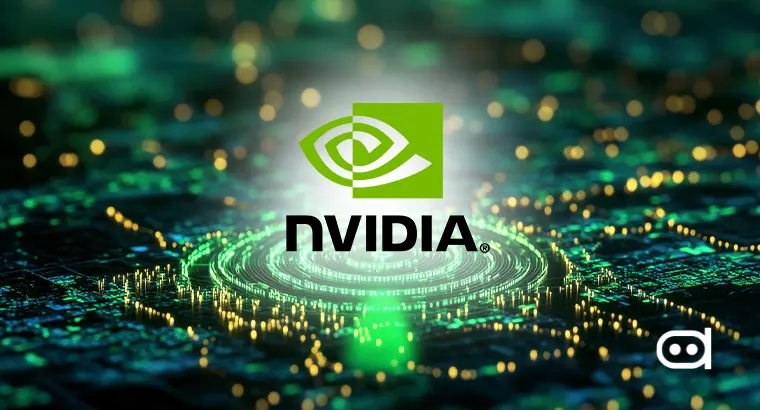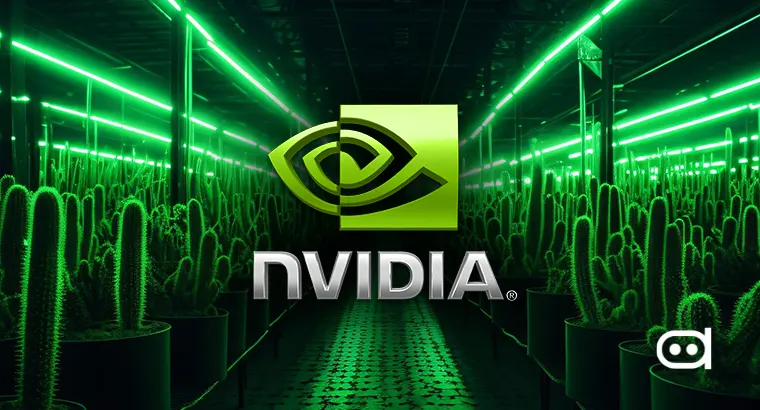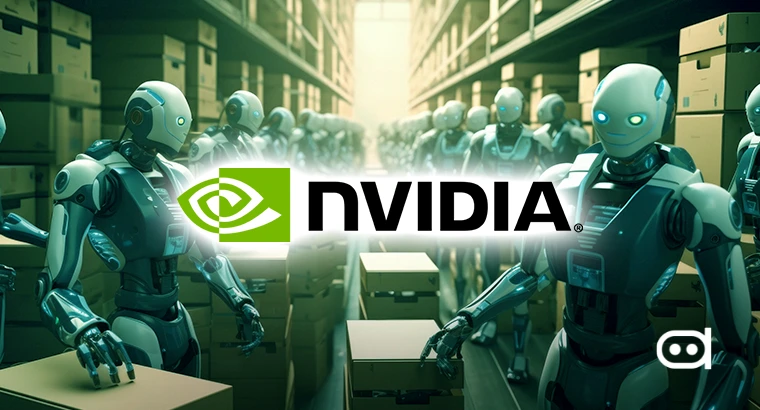
Once again, NVIDIA has come up with extraordinary developments in the realm of technology. Recent activities include producing the RTX AI Garage series and unveiling the exceedingly resistant GeForce RTX 50 Series GPUs at CES today. All these fantastic achievements are aimed at a single objective of changing how generative AI is used by developers, PC enthusiasts, and creators.
It looks like RTX AI Garage series is going to become the primary platform for the developers and computer lovers, who would want to explore the NIM microservices and AI Blueprints by NVIDIA. These strong tools enable the growth of a range of artificial intelligence applications comprising digital human designs, improved creative processes, productivity tools, and others. With the help of such resources in the machines built on AI technology, the users can get the best out of their computers. This series proves NVIDIA’s commitment to delivering the latest AI tools to the end-users right on the desktop level.
The essence of this revolution is NVIDIA’s NIM microservices at the center of it, and the latter was designed to solve the challenges of AI model deployment on personal computers. However, unlike other fields, the learning capability of a new model of AI can soon make the previous one irrelevant. Furthermore, the integration of these models into PC applications could be a challenging and cumbersome process. But, they have made this process more manageable by providing the ready and optimized NIM microservices that contain the PCs specific models of artificial intelligence. Also, these services are built with easy-to-use APIs, which facilitate integration and improvement of performance when used with NVIDIA’s RTX GPUs.
At CES, NVIDIA announced a series of NIM microservices for LLMs and image generation, speech understanding and recognition, RAG, PDF, vision, etc. These models include the latest Llama Nemotron range which are advantageous in activities such as following instructions, coding and executing of functions. Soon, the developers will be able to interact and use such microservices on their Windows 11 computers by incorporating the WSL.
During the briefing, NVIDIA previewed Project R2X for PCs, an intelligent avatar that enhances users’ interface experience through vision solutions. It also comes with several features that include information searching, desktop applications navigation, and summaries of documents contributed by the advanced assistant which has artificial intelligence facets. This software shows how the use of NIM microservices could look into real life by hampering the difficulty of doing backend integration and allowing developers to focus on their creative thoughts.
Aside from NIM microservices, NVIDIA has launched AI Blueprints, which are templated approaches used in building complex AI solutions. These Blueprints are ready to use templates that can be provided to developers for any project like creating virtual humans or converting PDFs to podcasts. These Blueprints rely on the development of NIM microservices and include a reference application as well as the source code, sample data, and instructions for further customization. This makes it easy to transition from using artificial intelligence in simulation to applying it in real life.
At the center of these innovations is the newly launched GeForce RTX 50 Series GPU, based on NVIDIA’s Blackwell architecture. These GPUs are capable of performing up to 3,352 trillion of artificial intelligence (AI) operations per second and enhance the use of the new FP4 compute technology to double the AI inference performance while easing the strain on memory. FP4 helps reduce the model size far more efficiently than traditional quantization techniques that primarily employ FP16. This makes it possible for high-speed generative AI to be deployed directly on the consumer personal computers (PCs).
These GPUs make it possible to deploy computational intense AI models such as FLUX.1 [dev] by Black Forest Labs on more gadgets. By extending feature FP4, the VRAM requirements of the model decrease drastically, allowing for the faster and more efficient generation of images. For instance, it reveals that the RTX 5090 can create images in up to 5.104 seconds, which is approximately thrice as fast as the previous model.
NVIDIA has planned to make NIM microservices and AI Blueprints available in the next month’s release. At first, these features will be supported only by the graphics card GeForce RTX 50 series and some professional ones. Large suppliers including Dell, ASUS, HP, and Lenovo will provide NIM-ready RTX AI PCs to users while system builders like Corsair and Origin PC contribute to the mix.
The recent updates from NVIDIA further cement their position as the kings of generative AGI, offering designers and PC users remarkable opportunities to leverage the power of AI on the local level. As the world transitions to the next generation of computer technology, NVIDIA continues spearheading innovations that have fundamentally altered the capabilities of PCs.
Source: https://blogs.nvidia.com/blog/rtx-ai-garage-ces-pc-nim-blueprints/
Latest Stories:
NVIDIA Advances Physical AI Development with World Foundation Models
AWS Expands AI and Cloud Infrastructure in Georgia with $11 Billion Investment
Palo Alto Optimizes Incident Response with Google Cloud’s AI Integration










